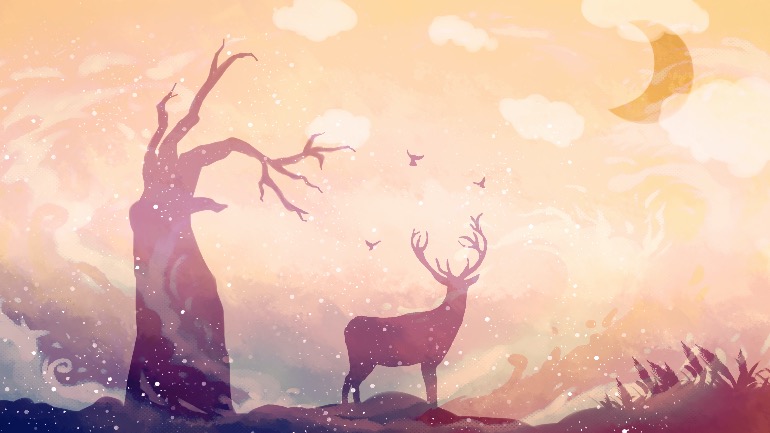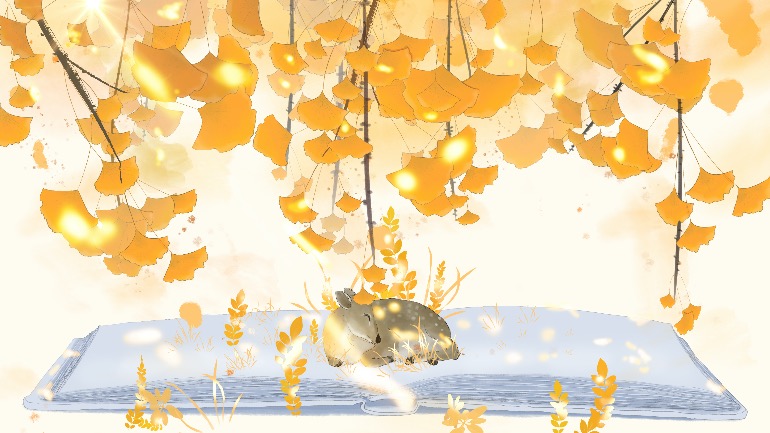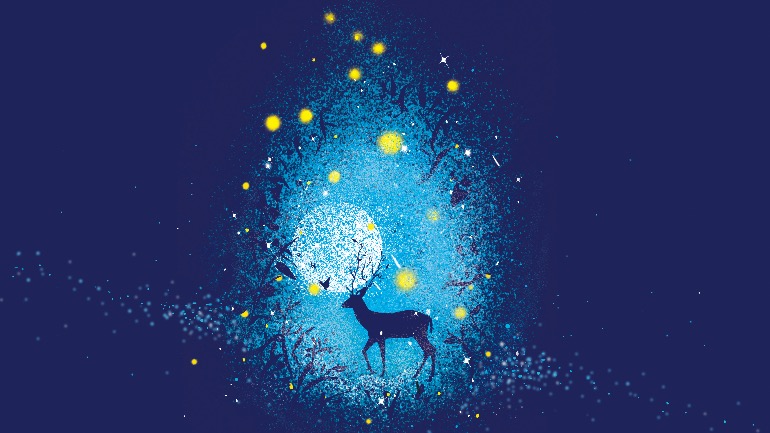Whether money is earned as in the case of laypeople or received by the monastics as an offering, it is important to know that money is not the property of any one person but belongs to all sentient beings. One is only helping sentient beings to manage and distribute the money and hence it should be spent wherever it is needed to benefit others.
- Quote from The Right View, "A Buddhist’s Mode of Life"











